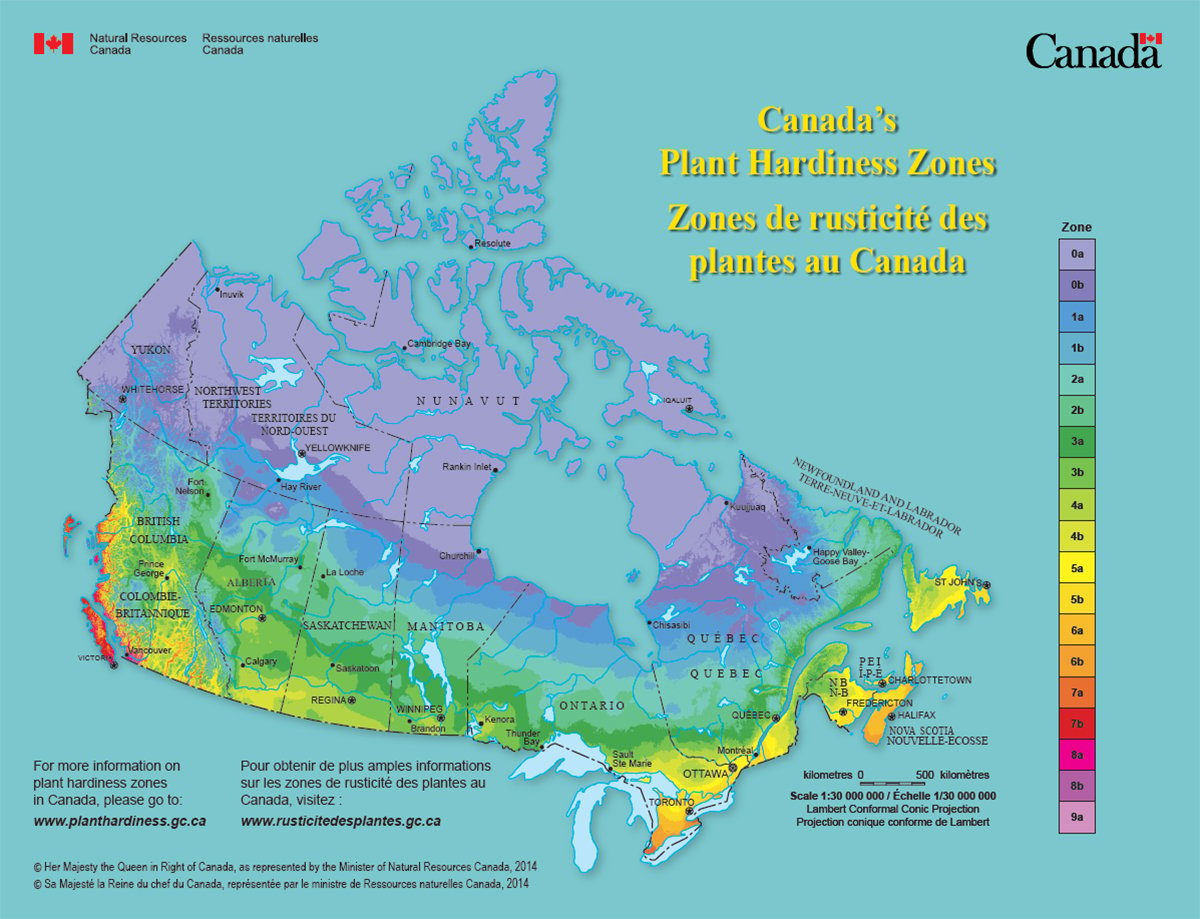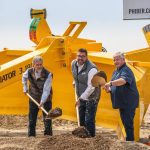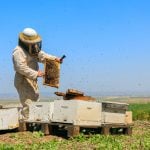Farmers often struggle when deciding whether to lease or buy.
There is no right or wrong answer, and in the end there is often little difference.
Here are some things to consider that may help decide the best way to go.
When leasing an asset, 100 percent of the payments are considered tax deductible when they are paid, although some exceptions apply in the case of a large down payment. This provides a good matching of the cash outflow to the tax deduction.
When buying an asset, the purchase is added to the appropriate pool of undepreciated capital cost (UCC) and depreciated at the respective rate for that class, with only half of the depreciation allowed in year one. There is often a mismatch of the cash outflow to the tax deduction because a purchase normally requires a 25 percent down payment and principal payments are not deductible.
Read Also

Canada’s plant hardiness zones receive update
The latest update to Canada’s plant hardiness zones and plant hardiness maps was released this summer.
The tax works out roughly the same over a five-to-seven year period for major capital purchases such as a combine, tractor or sprayer (class 10 assets, 30 percent declining balance depreciation rate allowed).
However, the timing of the deductions are not the same.
For the assets mentioned, which are class 10, farmers receive a tax advantage in the early years if they buy because the tax deduction will normally exceed the lease payment amounts for those first three years.
The scale tips the other way after about three years, and the tax deduction becomes less than the lease payment.
Producers looking for a quick tax deduction should understand that they typically get more in the short run via a purchase. They will be ahead if they find a deal where the down payment is low or nothing at all.
However, the tax deduction may never exceed the cash outflow if they are required to make a 25 percent down payment.
Therefore, a lease may be a better option if the goal is to match cash outflow with tax deductions.
A short term lease, such as three years, is extremely attractive for tax purposes for slower depreciating items such as grain bins (class 6, a 10 percent declining balance depreciation rate allowed). It would take several years for the tax deductions to catch up to the lease under a buying scenario.
Leases are popular when acquiring bins, but there is usually an overall cost to the lease if one was to ignore the tax effects, which would make most producers decide to buy the bin.
Producers who have always bought their assets and are now switching to a lease should be careful. The trade has to be disposed of for tax purposes, but the new asset is not added to the UCC pool, which means they could end up with a negative tax consequence in year one.
Producers who lease are often not required to make a down payment (normally 25 percent on a purchase).
As well, the lease is set up so that the payments pay the principal down to only 50 percent of the value in years one to five. Farmers who then want to buy out the lease can finance the machine over another five to seven years, giving them 10 to 12 years of financing.
There is a cost for this, but it does spread out the cash needs. It can work well for farmers who prefer to keep their machinery for longer periods of time, but they will pay a lot of interest.
Farmers who want to run new equipment all the time can pay more cash when they factor in amortization and interest because some of the new machines do not hold their value that well. As a result, leasing may have its advantages if they can predict the value drop in that machine.
Owning is almost always going to be cheaper for farmers who like to keep machinery forever because the interest rates associated with buying are lower than for leasing.
However, watch out for those “lease administration and other hidden fees.” When factoring those in, the interest rate can go from the advertised five percent to something much higher, in some cases closer to 12 percent.
Remember, leasing companies are in the business to make money, as are those who finance purchases. Overall, our experience is that leases generally cost more, when ignoring the tax, but that differential has been shrinking. Some financial institutions are now offering attractive leases.
A good business adviser can help farmers determine which deal is the best for them.














